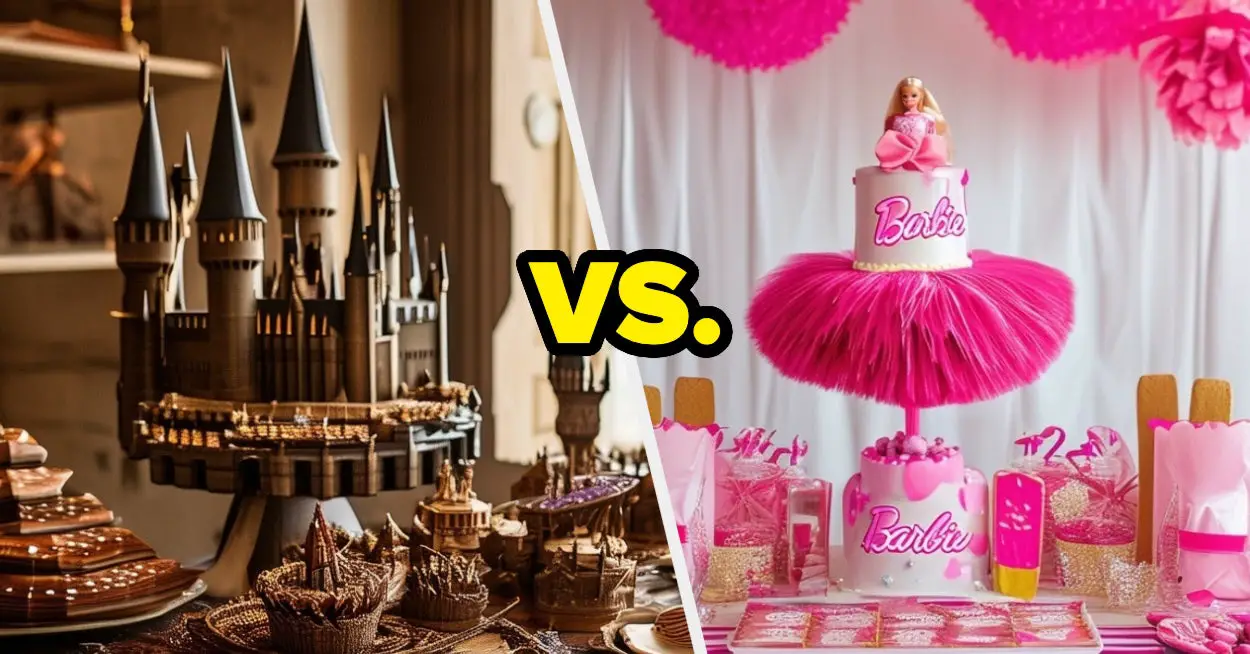Capturing attention is tougher than ever. One of the most effective ways to stand out is through compelling illustrations. Beyond eye candy, illustrations convey your brand’s personality, values, and story, making them memorable and impactful.
Think of Coca-Cola’s Santa Claus or the Michelin Man—icons that have become part of our cultural memory. Such illustrations highlight the power of visual branding.
This article will explore how illustrations can elevate your brand, featuring real-world examples from Round Lab, Bolt, and INNISFREE. Discover how you, whether a designer, entrepreneur, or freelancer, can use illustrations to make your brand stand out in a crowded market.
The Role of Illustrations in Branding
Illustrations in branding are custom graphics or images representing a brand’s identity, values, and message. Unlike stock photos or generic icons, illustrations provide a unique and personalized touch that can set a brand apart.
Visual elements play a crucial role in creating a memorable brand identity. Research indicates visuals can significantly enhance memory retention and brand recall compared to text alone. Illustrations capitalize on this advantage, making brands more recognizable and more accessible to remember.
Historical Perspective
Throughout history, illustrations have been integral to branding. Take Coca-Cola’s Santa Claus, for example—this depiction shaped the modern image of Santa and became an iconic part of the brand.
Similarly, the Michelin Man, created in 1898, remains one of the oldest and most recognizable brand mascots. These examples demonstrate how illustrations can create lasting impressions and become deeply embedded in cultural memory. They also highlight the potential for illustrations to evolve with a brand over time, maintaining relevance across generations.
Benefits of Using Illustrations in Branding
- Enhancing Brand Recognition
- Consistent use of illustrations helps create a recognizable brand. Custom illustrations make a brand’s visual identity more cohesive and distinct.
- Conveying Brand Personality
- Different illustration styles can convey various brand personalities, whether playful, serious, or luxurious. Illustrations visually communicate a brand’s tone and values in a way that resonates with the audience.
- Differentiation from Competitors
- Unique illustrations can set a brand apart in a crowded market, making it easier for customers to identify and remember. Case studies will show how specific brands have successfully differentiated themselves through illustrations.
- Emotional Connection
- Illustrations can evoke emotions and build a connection with the audience. They tell stories and create an emotional bond with customers, fostering loyalty and engagement.
Illustrations come in various forms, each serving a unique purpose in branding. From logos to packaging, website graphics to marketing materials, the versatility of illustrations allows brands to communicate their message creatively and effectively. Let’s explore some key types of illustrations and their roles in branding.
Logo Illustrations
Logos are the cornerstone of a brand’s identity. Illustrated logos can be impactful, offering a unique and memorable brand representation. For example, illustrated logos like Twitter’s bird or Apple’s iconic apple create strong visual associations that are instantly recognizable.
Product Packaging
Illustrations on product packaging can attract customers and convey important product information. Eye-catching designs can differentiate products on crowded shelves while also communicating the brand’s personality and values—brands like Wuhoo Bakery use calming, nature-inspired illustrations to convey purity and tranquility in their skincare packaging.
Website and Social Media
Illustrations play a key role in enhancing a brand’s online presence. They can make websites more engaging and user-friendly and create a cohesive aesthetic across social media platforms. Take Notion, for example. Notion uses simple, playful illustrations throughout its website to make its productivity tools feel more accessible and creative. These illustrations help to create a friendly and approachable brand image, encouraging users to explore and engage with its platform.
Advertising and Marketing Materials
Illustrations can make marketing materials more compelling, from print ads to digital campaigns. They help to tell a story and convey complex messages visually appealingly. Airtable uses vibrant, dynamic illustrations in their ads to make complex database management tools appear friendly and accessible.
Creating Effective Brand Illustrations
To truly harness the power of illustrations in branding, it’s essential to approach their creation thoughtfully and strategically. Effective brand illustrations resonate with your audience and align with your brand’s values and message. Here’s how to create illustrations that will make your brand stand out.
Understanding Your Audience
Understanding your target audience is crucial to creating effective illustrations. Conduct market research to gather insights into their preferences and behaviors. This ensures the illustrations resonate with your audience and effectively communicate your brand’s message.
Consistency is Key
Maintaining a consistent illustration style across all branding materials is essential for building a cohesive brand identity. Consistent use of colors, themes, and styles helps to reinforce brand recognition and trust.
Incorporating Animation
Adding subtle animations to your illustrations can make your brand more engaging and dynamic. Animated illustrations can capture attention and provide a richer user experience, especially on digital platforms.
Utilizing Illustration Libraries
Tools like Ouch! by Icons8 provide a cost-effective solution for accessing a wide range of high-quality illustrations. These libraries can save time and resources, especially for startups and small businesses, allowing them to enhance their branding with professional-grade illustrations without the expense of hiring an illustrator.
Using Illustrations to Simplify Complex Ideas
Illustrations can help simplify and explain complex ideas, making them easier for your audience to understand. This is especially useful in industries like tech and finance. Airtable’s use of geometric, flat design illustrations helps demystify their complex database management tools, making them more approachable to users.
Case Studies
Look at real-world examples of how brands effectively use illustrations to enhance their identity and connect with their audience. These case studies showcase the power of well-crafted illustrations in branding.
Round Lab
Round Lab uses calming and nature-inspired illustrations on its skincare product packaging. These illustrations convey purity and tranquility, reinforcing the brand’s focus on natural ingredients and gentle skincare.
Bolt
Bolt uses bold, energetic illustrations to communicate speed and innovation in their branding for electric scooters. These illustrations capture the brand’s essence and appeal to a youthful, tech-savvy audience.
INNISFREE The Isle Adventure Special Kit
INNISFREE’s The Isle Adventure Special Kit features detailed illustrations that bring an adventurous and enchanting brand narrative to life. The packaging uses playful characters and vibrant scenes to create an engaging unboxing experience. These illustrations enhance the product’s visual appeal and reinforce INNISFREE’s commitment to natural ingredients and eco-friendly practices, making the brand more relatable and memorable to its customers.
Practical Tips for Designers and Entrepreneurs
Creating effective brand illustrations requires strategic planning and thoughtful execution. Here are some practical tips to help you get started and succeed in your illustration projects:
Start with a Clear Brief
When commissioning illustrations, begin with a detailed brief that outlines your brand’s vision, values, and specific requirements. A clear brief ensures that the illustrator understands your expectations and can deliver illustrations that align with your brand. Include details such as:
- Brand Story and Values. Explain the core message and values you want the illustrations to convey.
- Target Audience. Describe the demographics and psychographics of your audience to help the illustrator tailor the illustrations accordingly.
- Style and Tone. Specify the style (e.g., minimalist, whimsical, bold) and tone (e.g., playful, serious) you aim for.
- Usage. Clarify where the illustrations will be used, such as on your website, social media, packaging, or print materials.
- Examples. Provide visual references of illustrations you like and those you don’t to help the illustrator better understand your preferences.
Stay Updated with Trends
Keeping up with current illustration trends ensures your brand remains relevant and appealing to your audience. Here are a few ways to stay updated:
- Industry Publications and Blogs. Follow design and illustration blogs like Smashing Magazine and Creative Bloq to stay informed about the latest trends.
- Social Media. Platforms like Instagram, Dribbble, and Behance are great for discovering emerging trends and popular styles in the illustration community.
- Design Conferences and Webinars. Attend events and webinars to learn from industry experts and gain insights into future trends.
- Adaptation. While staying trendy is essential, ensure that the trends align with your brand’s identity and message. Adapt trends to suit your brand rather than adopting them blindly.
Test and Iterate
Testing your illustrations with your audience and gathering feedback is crucial for refining your designs. Here’s how to approach this process:
- A/B Testing. Create different versions of illustrations and test them with segments of your audience to see which resonates better. This can be done through social media posts, email campaigns, or landing pages.
- Surveys and Feedback Forms. Use surveys and feedback forms to collect opinions from your audience about the illustrations. Ask specific questions to understand what they like and what could be improved.
- Usability Testing. For digital illustrations, conduct usability testing to see how users interact with them on your website or app. Observe their behavior and gather qualitative feedback.
- Iterate Based on Feedback. Use the insights gained from testing to make necessary adjustments. This iterative process helps continuously improve the effectiveness of your illustrations and ensure they meet your audience’s needs.
By following these tips, designers, and entrepreneurs can create impactful illustrations that enhance their brand’s identity and connect with their audience on a deeper level.
Conclusion
Illustrations play a crucial role in branding by enhancing recognition, conveying personality, and creating emotional connections. They help differentiate brands in a crowded market and make them more memorable.
Illustrations have the power to transform your brand and make it stand out. Whether you’re a designer, entrepreneur, or freelancer, incorporating illustrations into your branding strategy can significantly enhance your brand’s visual identity and impact.
Consider how illustrations can elevate your brand. Explore professional help or tools like Ouch! by Icons8 to get started. Make your brand memorable and distinctive in today’s visually driven world.










